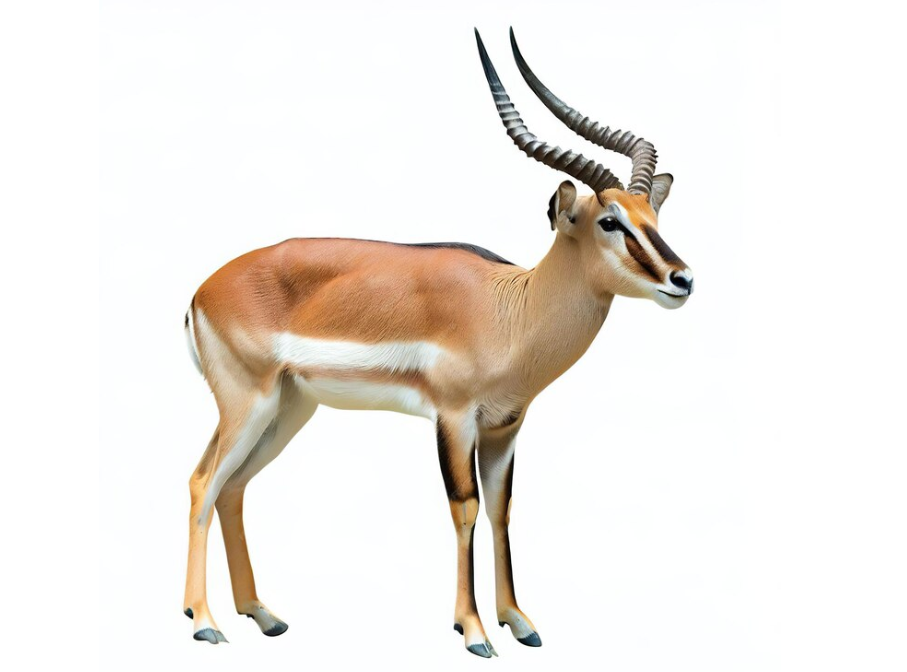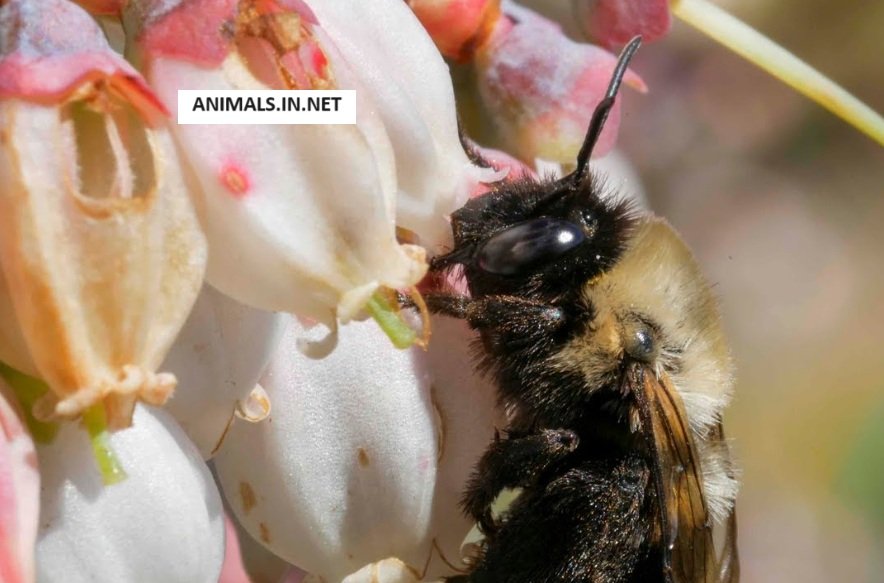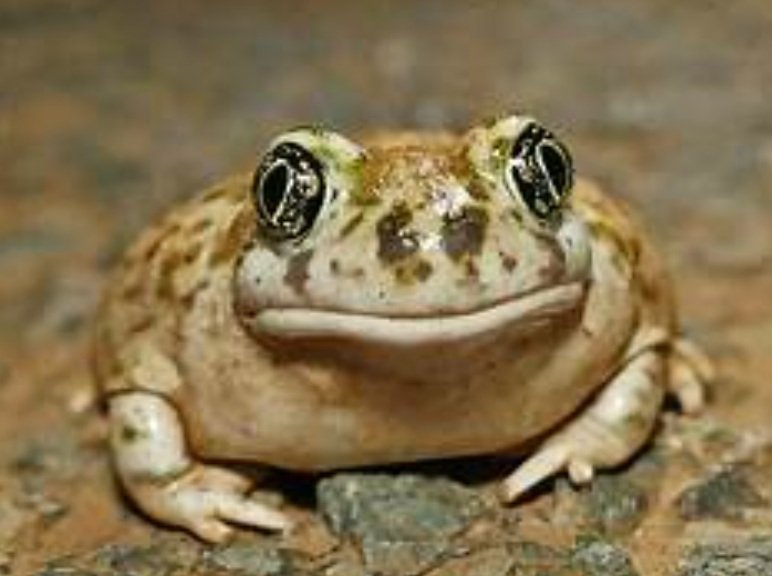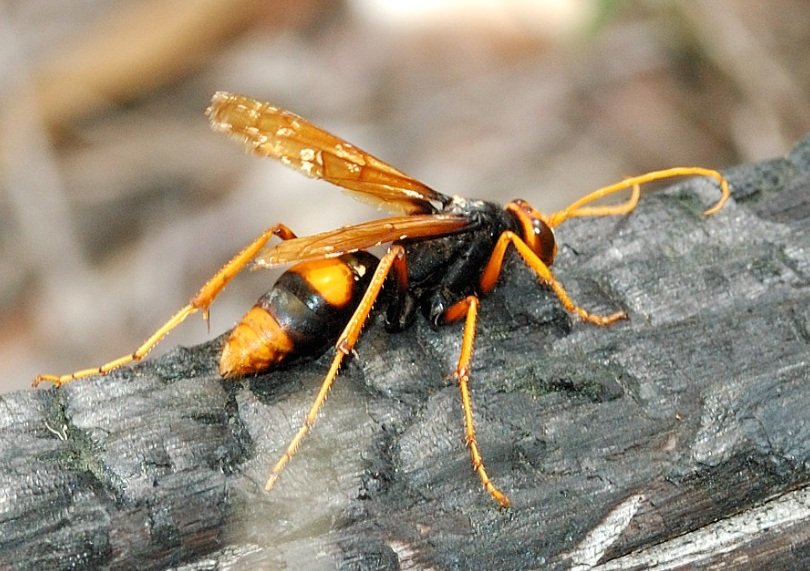
Addax, a species of antelope native to the Sahara Desert
The white antelope, or addax, is an interesting animal found in North Africa’s Sahara Desert. These magnificent animals have evolved to withstand some of the most extreme conditions on the planet. Addax creatures are very outstanding due to their unique qualities and striking looks.
Physical appearance of addax, large size, distinctive horns, and pale coat colour
The medium-sized Addax antelope has long, twisted horns and a stocky body. To protect them from the harsh desert conditions, their bodies grow shaggy and dense with fur. Their light sandy-white fur hue offers superb concealment in the parched surroundings. Because of this adaptation, they may blend in perfectly with their environment, making it harder for predators to identify them.
How addax have adapted to survive in extreme desert conditions
The capacity for water conservation shown by Addax is among their most intriguing features. These antelopes have evolved physiological adaptations that enable them to go for extended periods of time without drinking water in order to thrive in the desert. Their kidneys are quite good at storing water, and they may get moisture from the plants they eat. Furthermore, Addax may decrease their body temperature in the warmest times of the day to minimise water loss via perspiration. They can survive in the harsh desert climate because of their amazing adaptations.
Interesting facts about addax
The addax is a fascinating and unusual creature that lives in the Sahara Desert and other dry parts of Africa. It is sometimes referred to as the white antelope or screwhorn antelope. Here are a few fascinating details on the addax:
1. Physical attributes
The medium-sized addax antelope has a unique look. Its legs are lengthy, its neck is thick, and its frame is stocky. The addax is primarily known for its long, twisted horns, which may reach a maximum length of three feet. Both sexes have horns; however, the males often have bigger ones.
2. Adjustments to Life in the Desert
The arid habitat has well-suited the addax. Its light sandy coat gives it concealment from predators and helps it blend in with the desert dunes. The addax gets its hydration from the plants it consumes, which allows it to withstand extreme heat and continue for extended periods of time without water.
3. Conservation Status and Efforts
Unfortunately, the International Union for Conservation of Nature (IUCN) presently lists the addax as severely endangered. The primary danger facing the addax is habitat loss brought on by human activities like oil prospecting and overgrazing. Its decrease has also been attributed to poaching for its horns and flesh.

4. Social Conduct
Addax are gregarious creatures that inhabit herds comprising no more than 20 members. They relax in the shade during the warmest portion of the day and are most active in the early and late hours of the day. Addax use a variety of vocalisations and scent markings to interact with one another.
5. Nutrition
Being an herbivore, the addax mostly eats the grasses, leaves, and other plants that grow in its dry environment. It can absorb nutrients from hardy desert plants because of its digestive system and unique teeth. The addax is well adapted to its surroundings since it can live on very little in the way of food and water.
6. Reproduction
roughly two years of age is when female addax achieve sexual maturity, and roughly three years is when male addax reach sexual maturity. Although breeding may take place all year, it normally peaks during the rainy season when food is more plentiful. One calf is born after a gestation period of around eight months. For the first several weeks, the mother conceals the calf in foliage to keep it safe from predators.
7. Environmental Initiatives
The addax and its habitat are under threat, and many conservation groups are fighting to save them. These initiatives include creating protected areas, putting anti-poaching measures in place, and spreading awareness of how crucial it is to preserve this rare species. Programs for captive breeding have also been devised to aid in the population growth of addax.
8. Cultural Importance
Certain African groups attach cultural value to the addax. It is often portrayed in artistic works and is involved in customary rites and festivities. The horns of the addax serve as both a symbol of strength and power as an implement in ancient crafts.
Addax is an amazing creature that has evolved to withstand the severe climate of the Sahara Desert. But it is in danger of becoming extinct right now due to a number of difficulties. The addax is a rare and significant species, and its existence depends on conservation and protection efforts.


